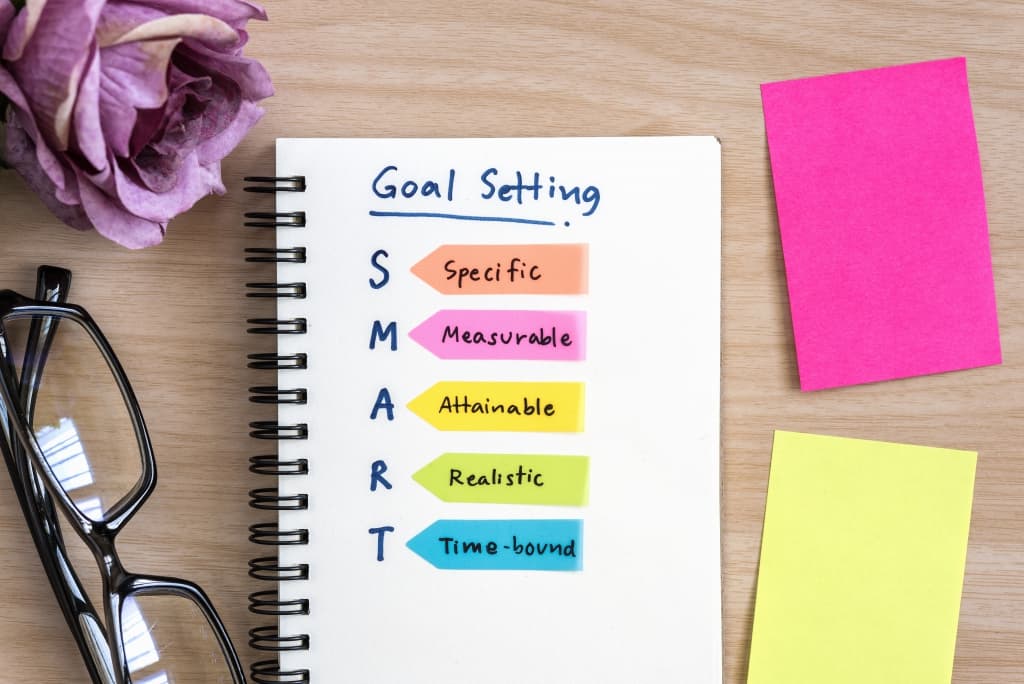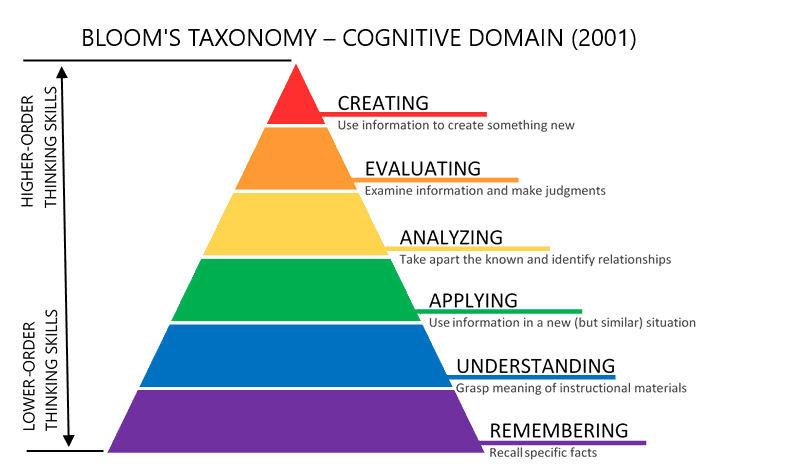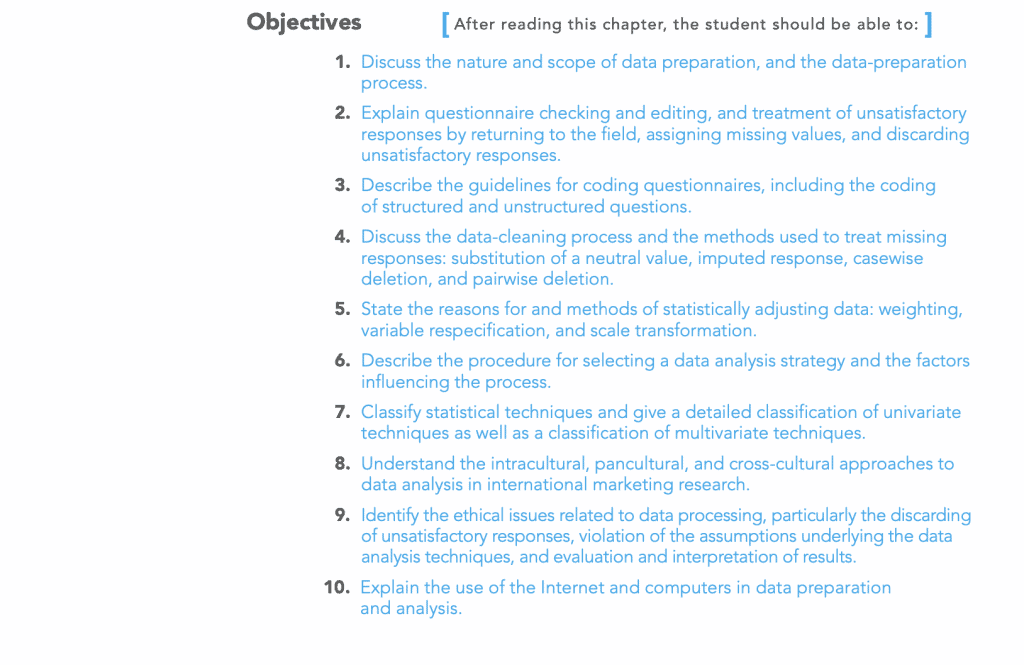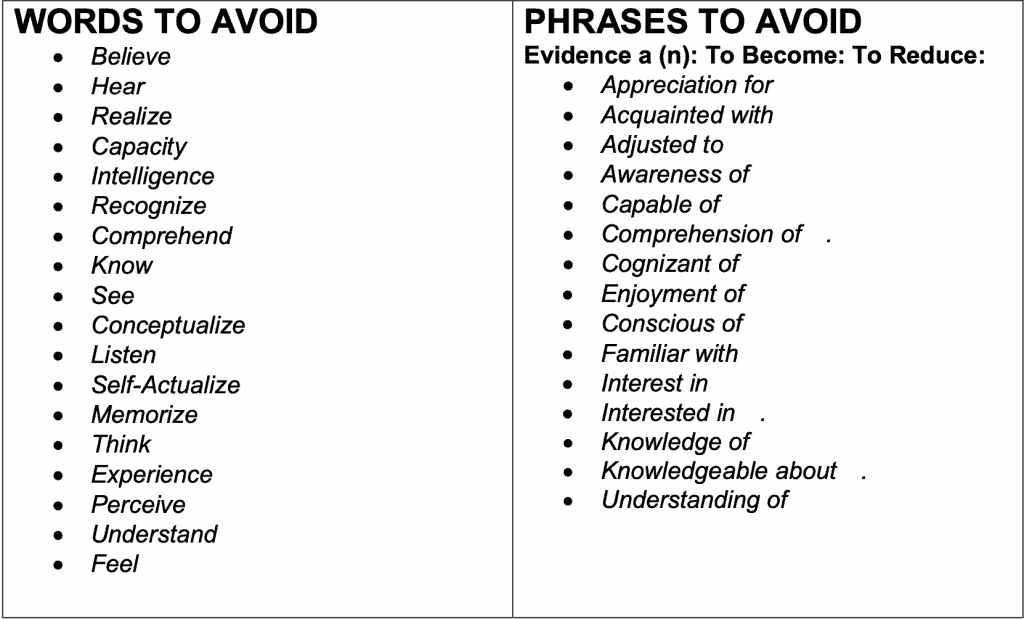「千里の道も一つの目標を書き記すことから始まる。」
学習目標を書くことは常に気が遠くなるようなスタートですが、それでもやる気を起こさせる、自己改善への取り組みの最初のステップです。
学習目標の適切な書き方をお探しなら、この記事が役に立ちます。この記事では、学習目標の最適な例と、効果的な書き方のヒントをご紹介します。
| 5 つの学習目標とは何ですか? | 具体的、測定可能、達成可能、関連性があり、タイムリーである。 |
| 学習目標の 3 つの目的は何ですか? | 目標を設定し、学習を導き、学習者がそのプロセスに集中できるように支援します。 |
目次:
学習目標とは何ですか?
一方で、コースの学習目標は、多くの場合、教育者、指導デザイナー、またはカリキュラム開発者によって作成されます。 コース終了までに学生が習得すべき特定のスキル、知識、または能力の概要を示します。 これらの目標は、カリキュラム、教材、評価、活動の設計の指針となります。 これらは、インストラクターと生徒の両方に、何を期待し、何を達成するかについての明確なロードマップを提供します。
一方、学習者は自習として独自の学習目標を設定することもできます。これらの目標は、コース目標よりも幅広く、より柔軟に設定できます。学習者の興味、キャリア志向、あるいは向上させたい分野に基づいて設定できます。学習目標には、短期目標(例:特定の書籍やオンラインコースの修了)と長期目標(例:新しいスキルの習得、特定の分野での熟練度向上)が組み合わされることもあります。
優れた学習目標の例とは何ですか?

効果的な学習目標を作成するための鍵は、それを「具体的、測定可能、達成可能、関連性があり、タイムリー」という SMART にすることです。
SMART 目標設定によるスキル コースの SMART 学習目標の例を次に示します。 コースの終わりまでに、ソーシャル メディアと電子メール マーケティングを効果的に使用して、中小企業向けの基本的なデジタル マーケティング キャンペーンを計画および実装できるようになります。
- 特定: ソーシャルメディアと電子メールマーケティングの基礎を学びます
- 測定可能: エンゲージメント率、クリックスルー率、コンバージョン率などの指標を読み取る方法を学びます。
- 達成可能: コースで学んだ戦略を実際のシナリオに適用します。
- 関連性: データを分析すると、マーケティング戦略を洗練してより良い結果を得ることができます。
- 期限付きの: XNUMXか月以内に目標を達成します。
関連する
優れた学習目標の例
学習目標を記述する際には、学習者が学習体験を完了した後に何ができるようになるか、何を実証できるようになるかを、明確で行動指向的な言語を使用して記述することが重要です。

ベンジャミン ブルームは、観察可能な知識、スキル、態度、行動、能力を説明し分類するのに役立つ、測定可能な動詞の分類法を作成しました。 これらは、知識、理解、応用、分析、総合、評価など、さまざまなレベルの思考で使用できます。
一般的な学習目標の例
- この章を読んだ後、学生は[….]できるようになるはずです。
- [….] の終わりまでに、学生は [….] できるようになります。
- [….] のレッスンの後、生徒は [….] できるようになります。
- この章を読んだ後、学生は[….]を理解するはずです。
学習目標 知識の例
- [….]の意味/重要性を理解する
- […..] が [….] とどのように異なり、どのように似ているかを理解する
- […..] が [….] に実際的な影響を与える理由を理解する
- [….]を計画する方法
- [….]のフレームワークとパターン
- [….]の性質と論理
- 影響を与える要因[….]
- グループディスカッションに参加して、[….]についての洞察を提供します。
- 導出する[….]
- [….]の難しさを理解する
- [….]の理由を述べなさい。
- 下線[….]
- [….]の意味を調べてください。

学習目標 理解に関する例
- 特定し、説明する[….]
- 話し合う […。]
- [….]に関連する倫理的問題を特定する。
- 定義 / 識別 / 説明 / 計算 [….]
- [….]の違いを説明してください。
- [….] の違いを比較し、対比してください。
- [….]が最も役立つとき
- [….] の 3 つの視点
- [….] の [….] への影響
- [….]のコンセプト
- [….]の基本的な段階
- [….]の主な記述子
- 主な種類は[….]
- 生徒は[….]で観察したことを正確に説明できるようになります。
- [….] の使い分けと違い
- [….]の共同グループで作業することにより、生徒は[….]についての予測を立てることができるようになります。
- [….]を説明し、[….]について説明します。
- [….]に関連する問題について説明します。
- [….]を分類し、[….]の詳細な分類を行ってください。
学習目標 応用例
- [….] に関する知識を [….] に応用する
- [….] の原則を適用して [….] を解決します。
- [….] を使用して [….] する方法を説明します。
- [….] を使用して [….] を解決し、実行可能な解決策に到達します。
- [….]を[….]で克服するための[….]を考案する
- チームメンバーと協力して、[….] に対処する共同の [….] を作成します。
- [….]の使用法を説明します。
- どのように解釈するか[….]
- 練習する […。]
学習目標 分析の例
- [….]に寄与する要因を分析する
- [….]における[….]の長所/短所を分析します。
- [….] 間に存在する関係性を調べる / [….] と [….] の間に築かれたつながり / [….] と [….] の違い
- [….]に寄与する要因を分析する
- 生徒は[….]を分類できるようになります。
- [….] の監督について [….] の観点から論じなさい。
- 壊す […]
- [….]を区別し、[….]を識別する
- [….]の意味を探る
- [….] と [….] の相関関係を調査する
- 比較/対照 […]
学習目標 合成に関する例
- さまざまな研究論文からの洞察を組み合わせて[….]を構築する。
- [….]を満たす[….]を設計する
- [….]に対処するための[計画/戦略]を[….]までに策定する
- [….]を表す[モデル/フレームワーク]を構築する
- さまざまな科学分野の原理を統合して提案する[….]
- [複数の専門分野/分野] の概念を統合して、[複雑な問題/問題] に対処するための一貫した [ソリューション/モデル/フレームワーク] を作成します。
- [物議を醸している話題/問題]に関する[さまざまな視点/意見]を収集・整理して[….]
- [….] の要素と確立された原則を組み合わせて、[….] に対応する独自の [….] を設計します。
- 策定する […]
学習目標 評価例
- [….] が [….] を達成する上でどれほど効果的かを判断する
- [….]を検討して[議論/理論]の妥当性を評価する。
- [….] に基づいて [….] を批評し、改善のための提案をします。
- [….]における[….]の長所/短所を評価する
- [….]の信頼性を評価し、[….]との関連性を判断する
- [….]が[個人/組織/社会]に与える影響を評価し、[….]を推奨する
- [….]の影響を測定する
- [….] の利点と欠点を比較します。

明確に定義された学習目標を書くためのヒント
明確に定義された学習目標を作成するには、次のヒントを適用することを検討してください。
- 特定されたギャップに合わせて調整する
- 発言は簡潔、明確、具体的にしてください。
- 教員や指導中心の形式ではなく、学生中心の形式に従ってください。
- ブルームの分類法に基づいた測定可能な動詞を使用する(「知る」「感謝する」などの曖昧な動詞は避ける)
- アクションまたは結果を XNUMX つだけ含める
- カーンとトーマスのアプローチを採用します。
- 誰 = 対象者を特定します。例: 参加者、学習者、提供者、医師など
- やります = 何をしてほしいですか? 予想される観察可能なアクション/動作を説明します。
- どれくらい(どのくらい)=その行動・行動をどれだけうまくやるべきか? (該当する場合)
- 何の = 何を学んでほしいですか? 習得すべき知識を実証します。
- いつまでに = レッスン、章、コースなどを終了します。
目標を書くためのヒント
もっとインスピレーションが欲しいですか? あはスライド OBE(体外受精)の教育と学習をより有意義で生産的なものにする最高の教育ツールです。AhaSlidesを今すぐチェックしてください!
💡個人の成長とは何ですか? 仕事の個人的な目標を設定する | 2023年に更新
💡仕事の個人的な目標 | 2023 年の効果的な目標設定のためのベストガイド
💡仕事のための開発目標: 初心者向けのステップバイステップガイドと例
よくある質問
XNUMX 種類の学習目標とは何ですか?
学習目標の例を見る前に、学習目標の分類を理解することが重要です。これにより、学習目標がどうあるべきかをより明確に把握できます。
認知的: 知識と精神的スキルが一致していること。
精神運動:身体的な運動能力と一致していること。
感情的:感情と態度が一致していること。
対人的/社会的: 他者との交流や社会的スキルと一致していること。
授業計画には学習目標をいくつ含めるべきですか?
少なくとも高校レベルでは、授業計画に 2 ~ 3 個の目標を設定することが重要であり、高等教育コースでは平均して最大 10 個の目標を設定することが重要です。 これは、教育者が指導と評価の戦略を足場にして、高次の思考スキルと主題のより深い理解を促進するのに役立ちます。
学習成果と学習目標の違いは何ですか?
学習成果とは、学習者の全体的な目的または目標、およびプログラムまたは学習コースを完了した後に学習者が達成できることを表す、より広範な用語です。
一方、学習目標は、レッスンや学習プログラムを完了した後に学習者が何を知り、理解し、できるようになると期待されているかを記述する、より具体的で測定可能な記述です。








